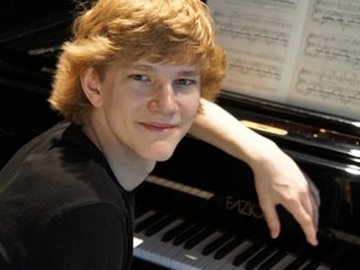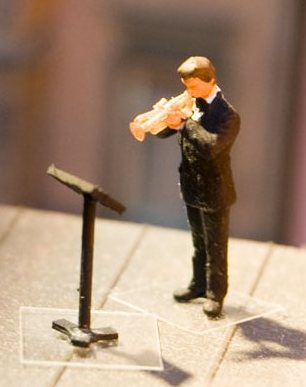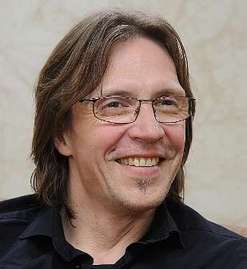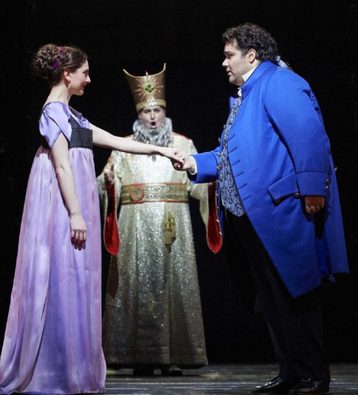 Canadian pianist Jan Lisiecki.
Canadian pianist Jan Lisiecki. At the age of 21, Canadian pianist Jan Lisiecki has grown into a tall, slim young man, with long, pianist’s fingers and a mop of blonde hair. Seated at the keyboard – as he was on Wednesday (Feb 3) evening at Toronto’s Roy Thomson Hall, for an appearance with the Toronto Symphony Orchestra – he perches precariously on edge of the bench, and doesn’t quite seem to know what to do with his knees. Fortunately, he knows exactly what to do with his hands.





 RSS Feed
RSS Feed

